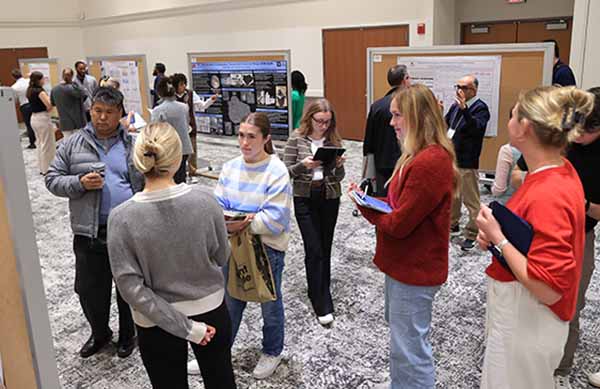

Research and Innovation
Wherever your interests lie, you will have a chance to create your own knowledge through research. Whether it’s a medical breakthrough, fresh insight into a historic event, or the hot new gadget that’s going to change our lives, Miami is the place for discovery.
Uncovering the Uncommon
We think everyone should get a crack at these opportunities, so we’re committed to encouraging you to take an active role in research.


Graduate Research
Research Support Resources
Partnering with Miami

Meet the Mentors
Jessica Sparks
Students in Sparks’ biomedical lab research the 3-D printing of hydrogel materials. Their work informs the fields of tissue engineering and regenerative medicine

Jay Smart
Smart’s student researchers, like psychology major Terry Reid ’20, are empowered to explore the relationships between human perception and action.

Nancy Parkinson
Parkinson uses aeroponic growing systems to teach communities about nutrition and address food insecurity.

Wayne Speer
Speer understands what happens when innovation disrupts the marketplace. He’s using his expertise to guide students in investigating 1,000 patents from the Air Force Research Lab portfolio.

Tammy Kernodle
President of the Society of the American Music, Kernodle is an accomplished musician and scholar who wants to help students achieve their dreams.

Quick Notes

Visit


